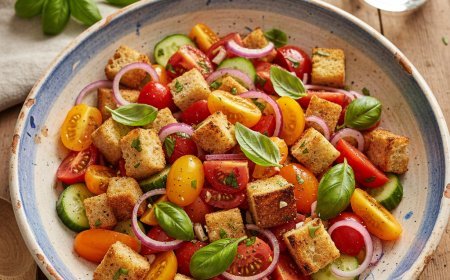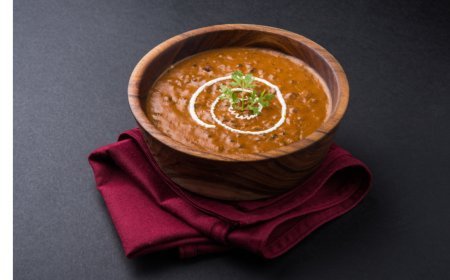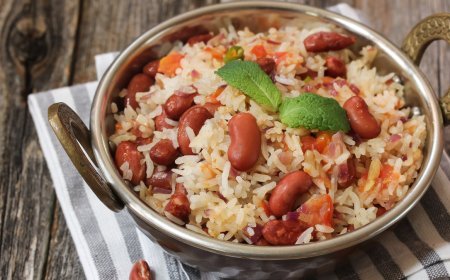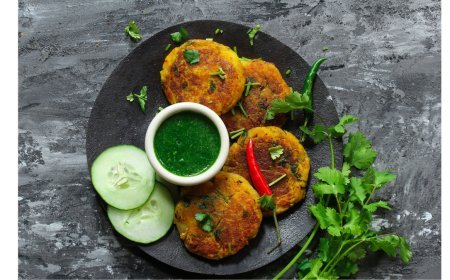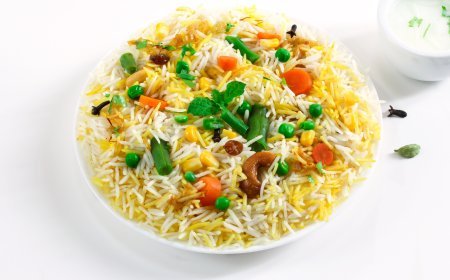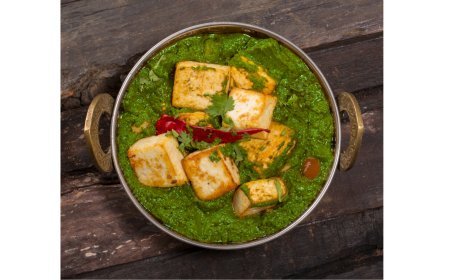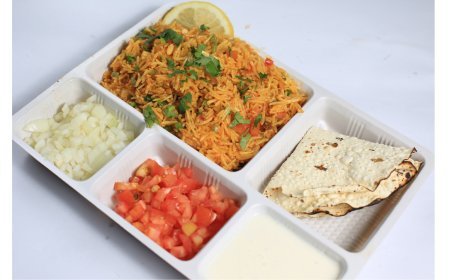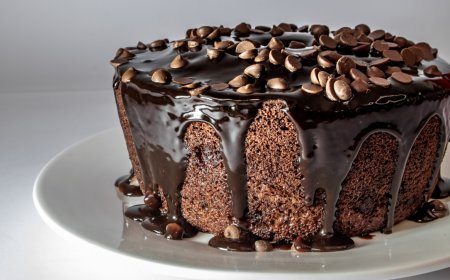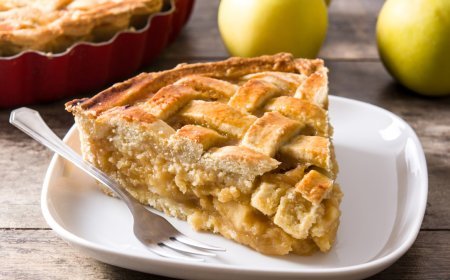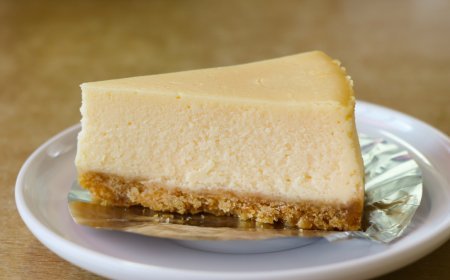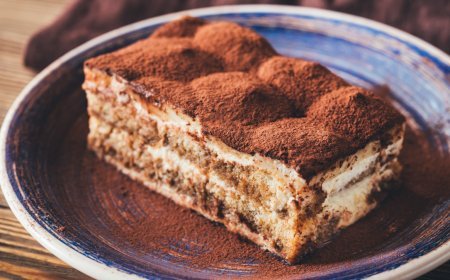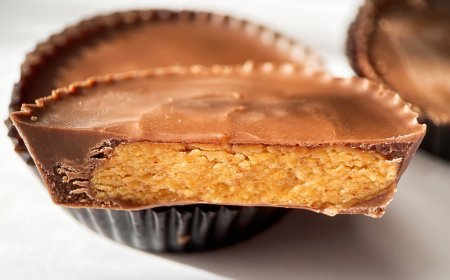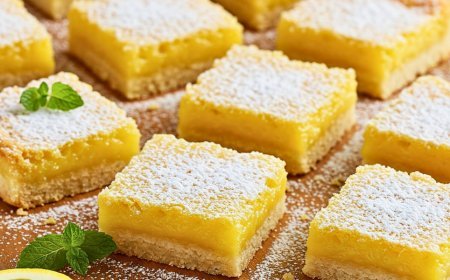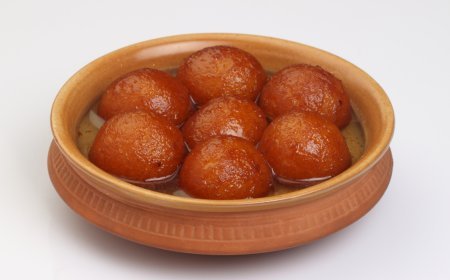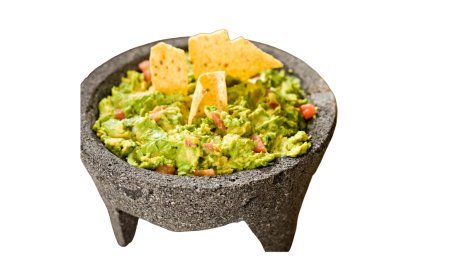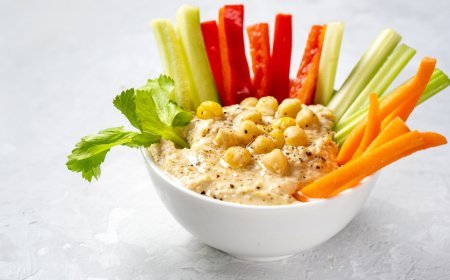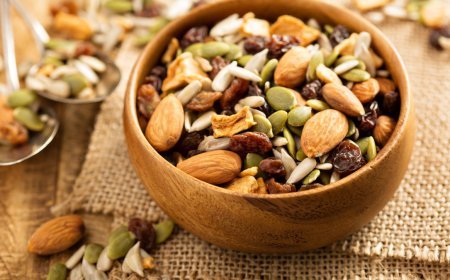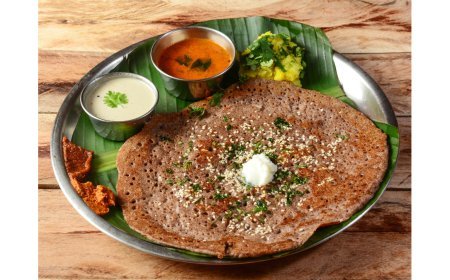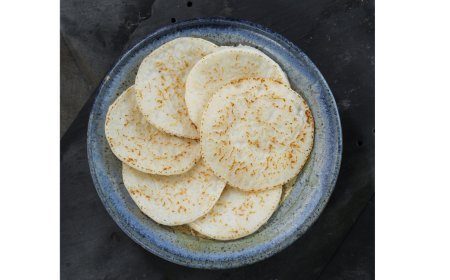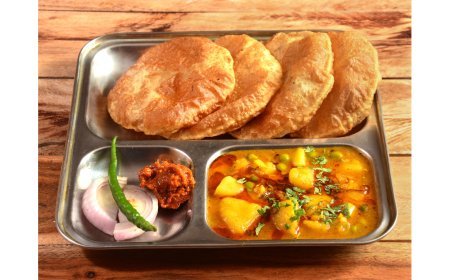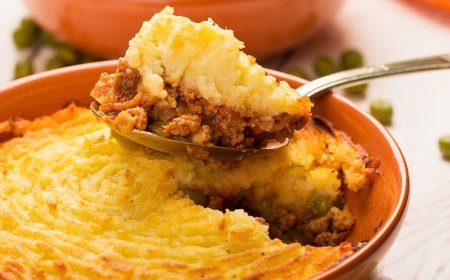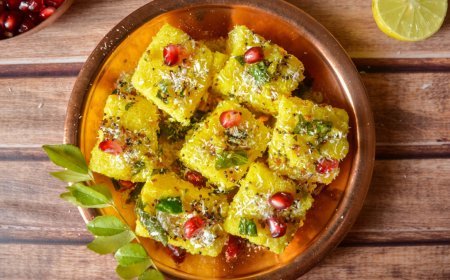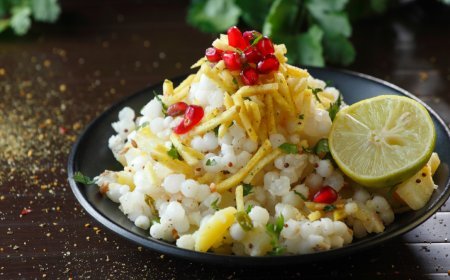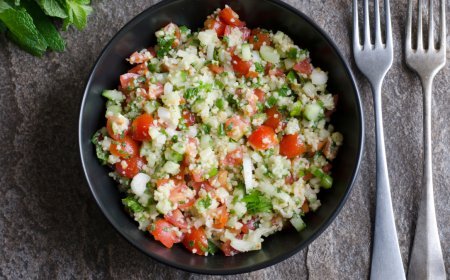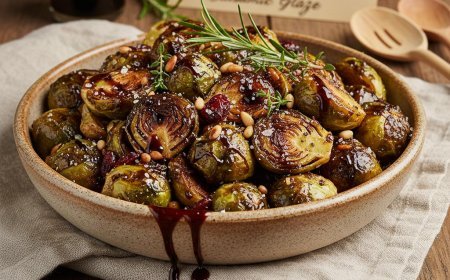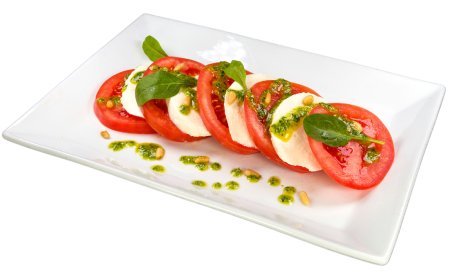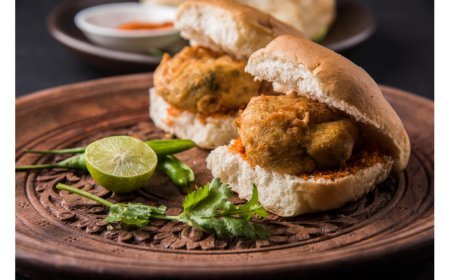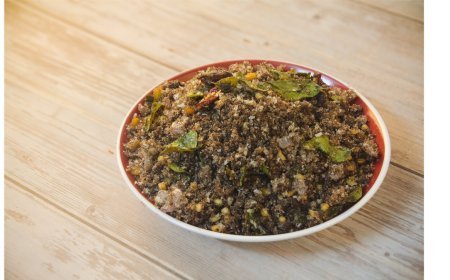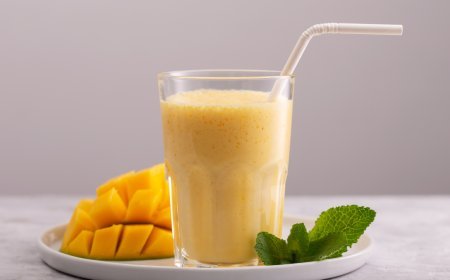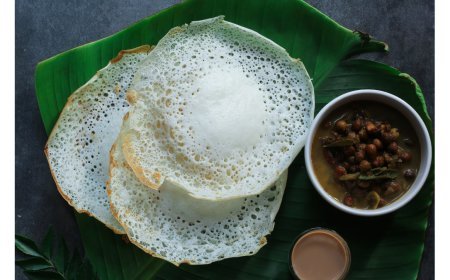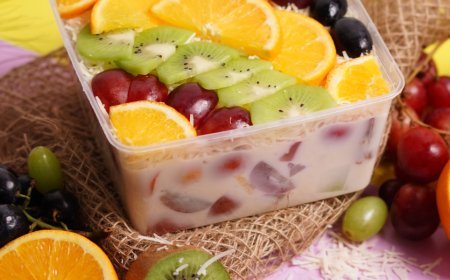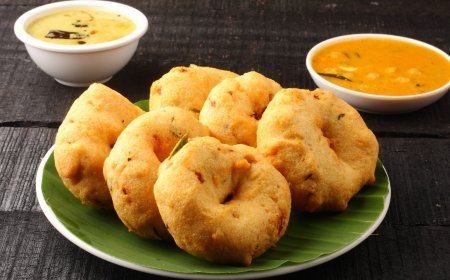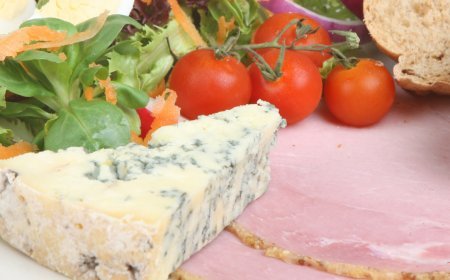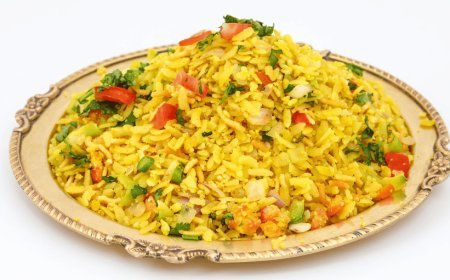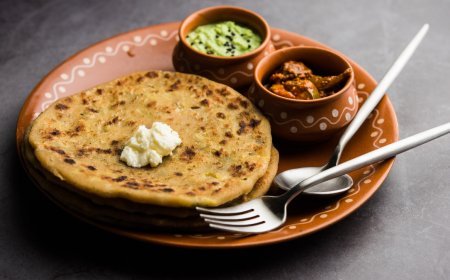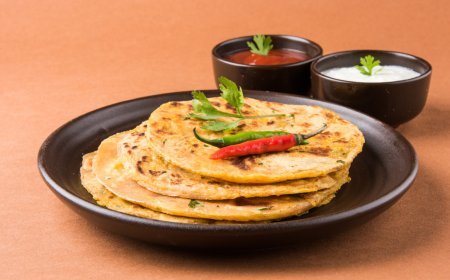Soft Idli & Spicy Sambar – Classic South Indian Breakfast Recipe
Make soft, fluffy idlis paired with tangy, flavorful sambar — a timeless South Indian breakfast staple. Learn how to ferment, steam, and simmer this combo easily at home.
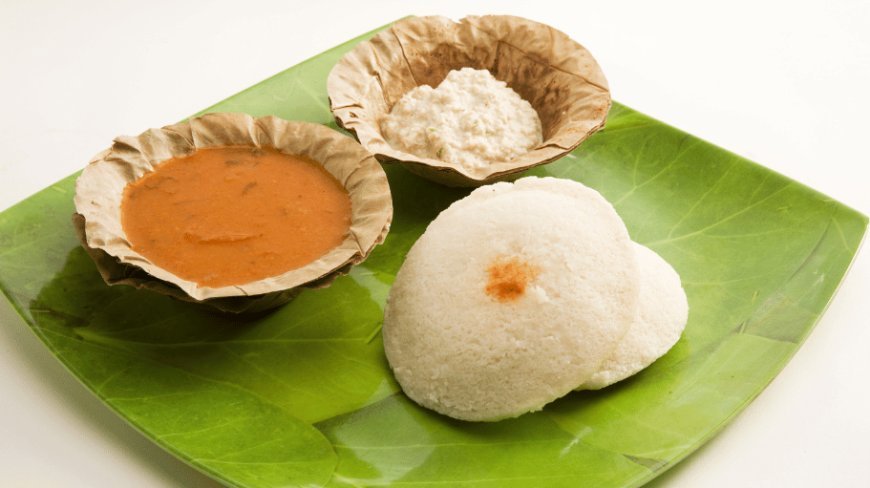
About the Recipe
Idli and Sambar is a fundamental South Indian breakfast — soft fermented rice cakes (idli) paired with a hearty, tangy lentil stew (sambar). The idli batter is made from rice and urad dal, fermented to give it a light, airy texture. The sambar is cooked using toor dal (pigeon peas) along with vegetables, tamarind for tang, and a tempering of mustard seeds, curry leaves, and spices. This dish is both nutritious and comforting — perfect for a wholesome meal that feels traditional but is easy enough for home cooks.
Ingredients
- For Idli:
- 2 cups idli rice (or parboiled rice)
- 1 cup urad dal (split black gram)
- ½ teaspoon fenugreek seeds (optional, helps fermentation)
- Salt, to taste
- Water, as needed for batter
- For Sambar:
- 1 cup toor dal (split pigeon peas)
- 6 cups water (or adjust per consistency)
- 1 medium onion, chopped
- 2 tomatoes, chopped
- Mixed vegetables (e.g., drumstick, carrot, beans) — about 1 cup
- 1 tablespoon tamarind pulp or extract
- 1 tsp mustard seeds
- A few dried red chilies (or 2–3)
- A handful of curry leaves
- ½ teaspoon turmeric powder
- 2 tsp sambar powder (or freshly ground masala)
- 1 tsp coriander powder (optional)
- Oil for tempering (e.g., 2 tbsp)
- Salt, to taste
- Fresh coriander (cilantro), chopped for garnish
Nutritional Information
- Calories: 259 kcal
- Protein: 9.96 g
- Carbohydrates: 46.5 g
- Fat: 3.68 g
- Fiber: 6.25 g
Directions
1. Prepare Idli Batter
- Rinse the idli rice and urad dal (and fenugreek seeds, if using) separately.
- Soak them in water for at least 4–6 hours (or overnight) for good fermentation.
- Drain and grind the urad dal + fenugreek into a smooth, fluffy batter; grind the rice separately to a slightly coarse or fine batter.
- Mix both batters together, add salt, and enough water to reach a pourable but thick consistency. Let it ferment in a warm place (6-12 hours, depending on climate) until it doubles in volume.
- Once fermented, gently stir the batter.
2. Steam the Idlis
- Grease idli molds or plates.
- Pour the fermented batter into molds.
- Steam in an idli steamer or pressure cooker (without whistle) for about 10–12 minutes until cooked through.
- Remove and let them cool for a minute, then carefully pop them out.
3. Make the Sambar
- Rinse and cook the toor dal with water and a pinch of turmeric until soft and mushy (can use a pressure cooker).
- Meanwhile, soak tamarind in warm water and extract the pulp.
- Heat oil in a pan. Add mustard seeds, dried red chilies, and curry leaves. Let them splutter.
- Add onions and sauté until translucent. Then add chopped tomatoes.
- Add vegetables (drumstick, carrot, etc.), and cook for a few minutes. Add turmeric and sambar powder (and coriander powder if using).
- Pour in tamarind extract and bring to a simmer.Add the cooked dal, stir well, and let the sambar simmer for 5–10 minutes so the flavors meld.
- Adjust salt, and consistency by adding water if needed.
4. Temper (Tadka)
- In a separate small pan, heat a little more oil.
- Add mustard seeds, a pinch of asafoetida (if desired), a few curry leaves. Let them crackle.
- Pour this tempering over the simmered sambar for final flavor.
5. Serve
- Place idlis on a plate or in a bowl.
- Pour hot sambar on top or serve sambar in a separate bowl for dipping.
- Garnish with chopped coriander leaves.
6. Tips & Variations
- Soften the batter well: Ensure fermentation is done in a warm spot for soft, fluffy idlis.
- Vegetable options for sambar: Use drumsticks, carrots, beans, pumpkin, brinjal as per your taste.
- Sambar spice: If you don’t have sambar powder, you can make a fresh masala by toasting and grinding coriander seeds, chana dal, urad dal, red chilies, cumin, mustard etc.
- Adjust sourness: Change the amount of tamarind as per your tang preference.
- Vegan / low oil: Use minimal oil for tempering, and rely on vegetables + dal to build flavor and consistency.
What's Your Reaction?
 Like
0
Like
0
 Dislike
0
Dislike
0
 Love
0
Love
0
 Funny
0
Funny
0
 Angry
0
Angry
0
 Sad
0
Sad
0
 Wow
0
Wow
0
